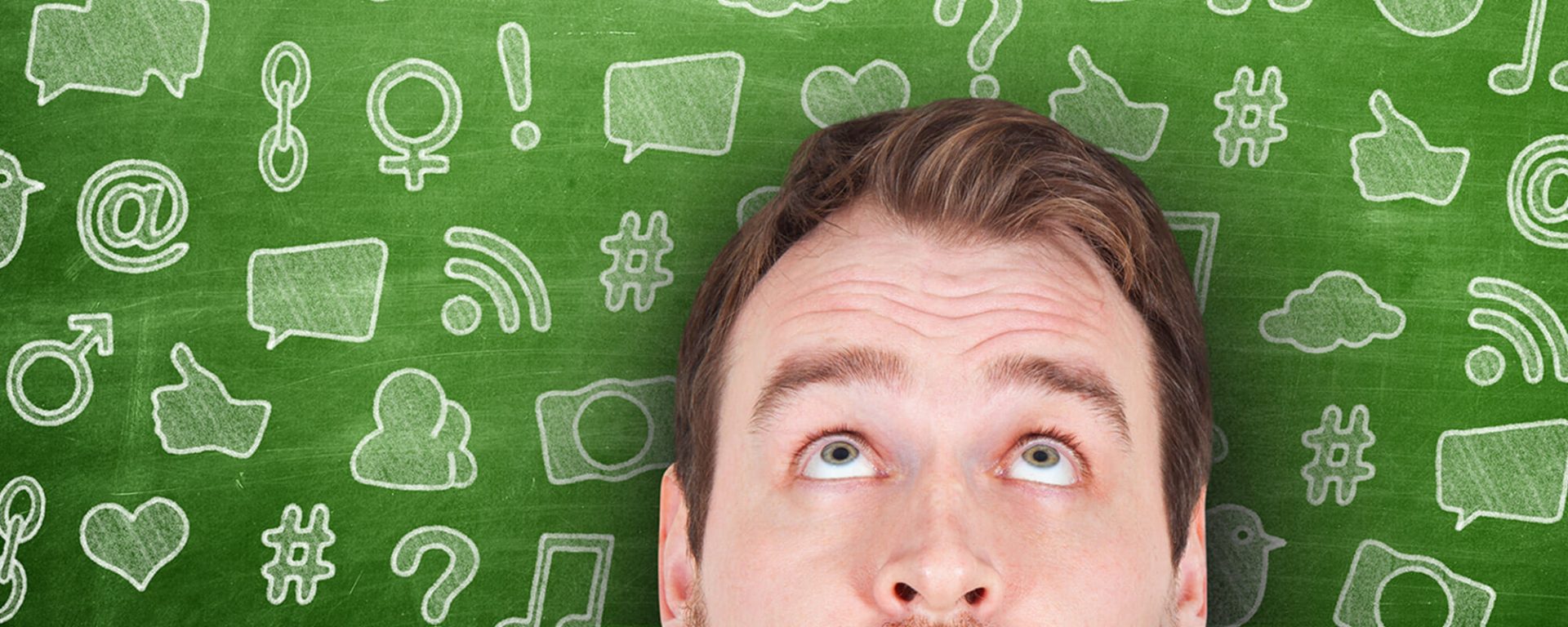Visual Language: A Simple Intro
Do you ever take a good look at app icons to see why they’re so intuitive to use? It’s pretty ironic when you think about it. App icons for your email, camera, clock, music, and calculator are visual representations of the pre-digital items they replaced. Why would engineers and designers create a visual language based on the past? Fast Company puts it succinctly: “We use outdated products as symbols because they are ingrained in our mind’s dictionary.” Intrigued? Read on.
What It Is
To put it simply, using visual language means communicating ideas with images rather than words, or in combination with words. Charts, diagrams, maps, infographics, billboard ads, etc. are all examples of visual language.
Beyond conveying information, strong visual language can influence behavior. (This is the fun part of “ingrained in our mind’s dictionary”.) Janet Odgis, President and Creative Director of Odgis Co., writes: “We know that certain visual cues will make an audience react in visceral ways… because these cues spark instant understanding and connection.”
Below are three main components for creating a visual means of communication that is compelling.
Tap into emotions.
Identify your brand elements that have the potential to trigger emotions. Once you do, translate those brand elements into visual elements. A great example of this is how the son of a Golden Girls cast member opened a show-themed café to honor her. The public’s reaction was through the roof. The owners did a stellar job of using the décor as visual language.
Inc. Magazine reported, “At every turn, there’s a taste, a color, a sound, something that can spark an emotional memory related to the show.” Because of this great visual thinking, being in the café feels like being in the show. Golden Girls took on profound themes like feminism and racial equality. The visual language evokes associated feelings of validation and camaraderie. These feelings make diners want the experience.
Be easy to understand.
Anyone unfamiliar could hear “Shake Shack” and think it’s a manufacturer of old school carnival rides. However, one glance at the burger joint’s Instagram feed would clear up the misconception.
Cosmetic brands are also very good at building visual language. MAC’s photos on Twitter feature neon lighting and saturated, glossy makeup looks. This language creates a strong sense of the avant-garde quality they want to be known for. These associations happen in seconds. Use your website and social accounts to create a visual language that captures who you are in an effortless instant.
Be consistent.
While visual language shouldn’t be identical across platforms and channels, it does need a unifying theme. MailChimp offers great visual examples. Their ubiquitous logo-turned-mascot always appears doing something different: reading a book, supermarket shopping, you name it.
In addition, the banner images on their website and social media accounts vary. However, they share a common visual aspect of bright colors that look like broad paint strokes. MailChimp adapts their visual language to fit each platform, but it’s never unclear to users what company they’re interacting with.
Do you have creative needs for your brand? Fill out our contact form to get the conversation started.
Related Content
Electrical Training Alliance: Defining Organizational Identity to Rebrand

